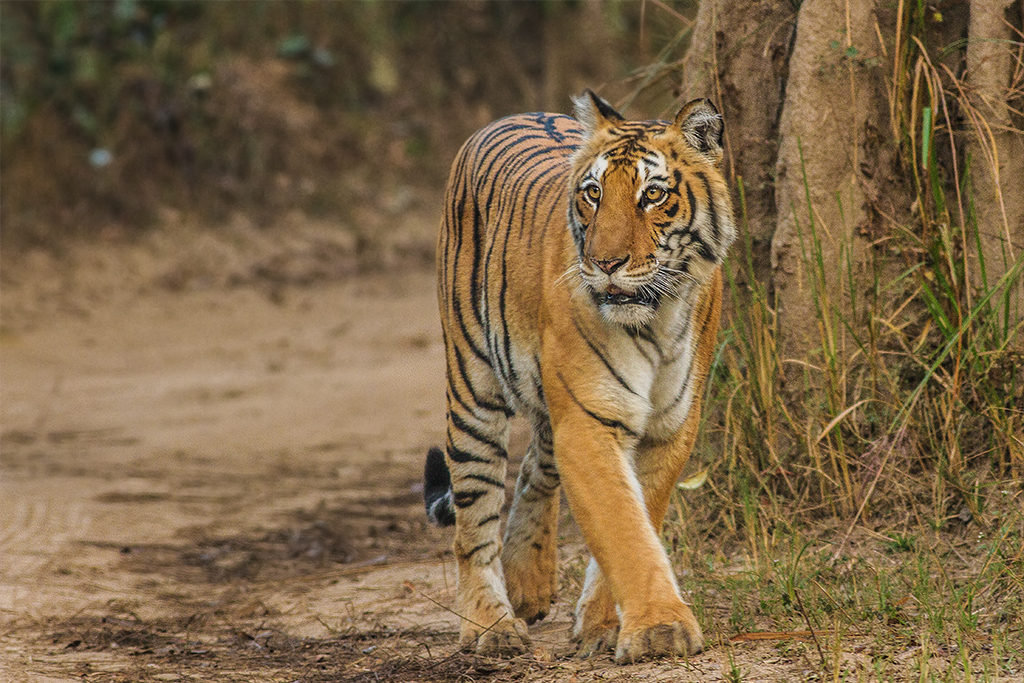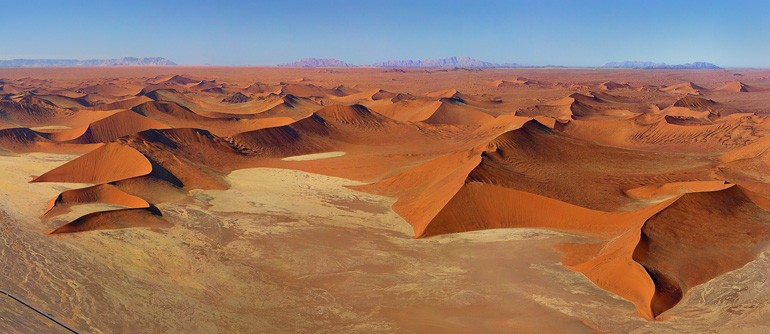Nobody ever forgets the first time that they hear or see a
tiger. But as Chris Watson discovers when he travels to Corbett National Park
in India this is far from easy. What he uncovers is a fascinating relationship
between the people and the forest environment in which listening plays a vital
role. Amongst the dense vegetation you can hear far more than you can see. As a
wildlife sound recordist from North East England, Chis is immediately exited by
the range of new sounds he can hear; a soundscape which changes throughout the
day and night.
Listening provides vital sound clues as to the activities
and whereabouts of the wildlife. Local people learn to recognise and interpret
these sounds; for example different species of birds call at different times of
the day. And recognising when a tiger is near from the alarm calls of birds in
the canopy, could save your life, as could knowing which direction you are
travelling by the sounds and direction of the wind. Living with Nature in this
way results in extraordinary relationships between the people and the forest.


